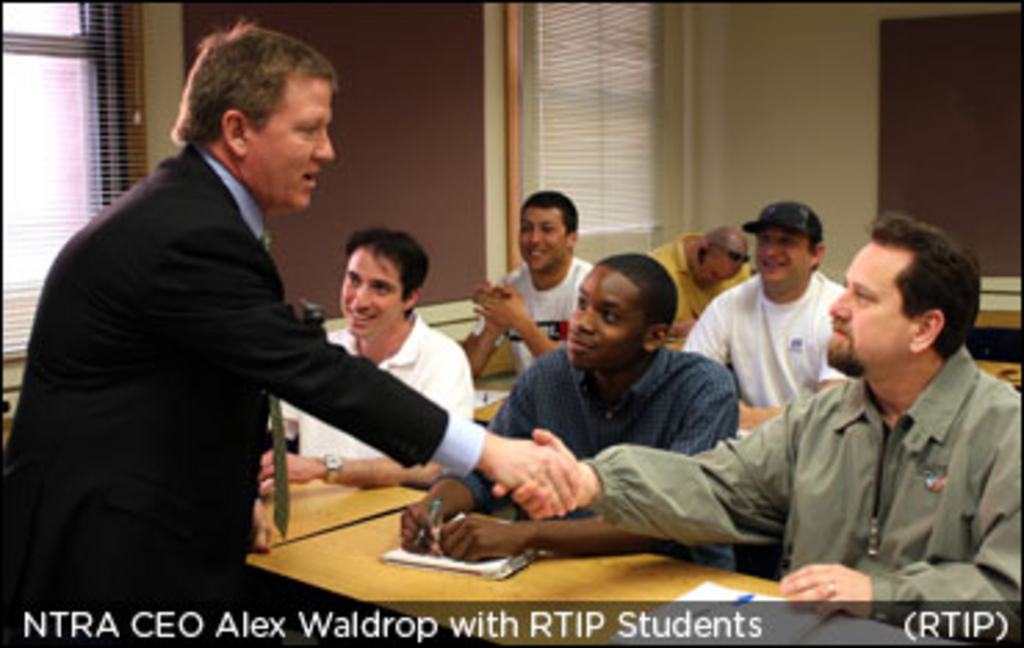
Alex Waldrop, president and CEO of the National Thoroughbred Racing Association (NTRA), spoke to students in the University of Arizona's Race Track Industry Program (RTIP) February 17 and 19 about hot topics in the
racing industry, including synthetic surfaces, interstate compacts and regulatory cooperation and the NTRA's Web 2.0 marketing initiatives. The presentations were part of the Joe Hirsch Speaker Series held at the University of Arizona in Tucson.
Calling the 2008 Triple Crown and its aftermath a "perfect storm," Waldrop discussed the different methods that have been advocated for change in racing's regulatory structure.
During the most intense session on Wednesday, Waldrop asked: "Is the industry capable of positive reform without external intervention, by Congress or otherwise?"
He advocated at least in the interim for a strong self-regulatory structure similar to those utilized in other highly regulated industries. Comparing racing's regulatory scope to the healthcare and education industries, he said that a self-regulatory organization would "fill a perceived gap in state and federal regulations, staving off further federal government intervention" as well as "allow the industry to act quickly" to changing needs.
He stated that the most important issue to the "casual fan" of racing was the safety of its equine athletes, and that integrity of the wager and race was the most important issue to the "core fans."
The main way the NTRA is taking positive action on the biggest concerns of its fans is with the Safety and Integrity Alliance. Waldrop described the objectives of the Alliance and shared some of its successes. The Alliance has accredited 19 tracks in its first 11 months of existence and has begun drafting a second version of its code of standards, based on the best practices of the accredited tracks.
"We are bringing about uniformity by encouraging accreditation," he said.
Waldrop also presented an analysis of the modern synthetic surface, stressing that empirically-based studies are the key to better understanding. Waldrop noted that the NTRA is officially neutral on the matter of surfaces, but he said that the need for objective, scientific study of all surfaces was paramount. The NTRA is helping to fund the Racing Surfaces Testing Laboratory, which is bringing a scientific approach to the understanding of all racing surfaces.
Waldrop said that funding was difficult, but that it was necessary to continue the empirical study of racing surfaces.
"We cannot ignore (safety). If we have a way to make the horse safer, how can we not do it?"
Finally, Waldrop previewed the NTRA's Web 2.0 strategy for 2010.
"Horse racing fans are passionate and want their views to be heard," said Waldrop. He said that Web 2.0 "respects fans who understand our business" due to its collaborative nature.
The NTRA plans to offer live video of races on its Web site and focus more on Internet-based initiatives to address evolving consumer habits.
The new strategy for promoting horse racing is "peer-to-peer, bottom-up rather than top-down."
He said the NTRA had polled its fans and recruited active bloggers to create an online community to discuss the issues and make suggestions for change. The result was a 48 page strategic plan that was presented to an industry summit.
"No decisions are made without the input or consultation of fans," he said.
(RTIP)

